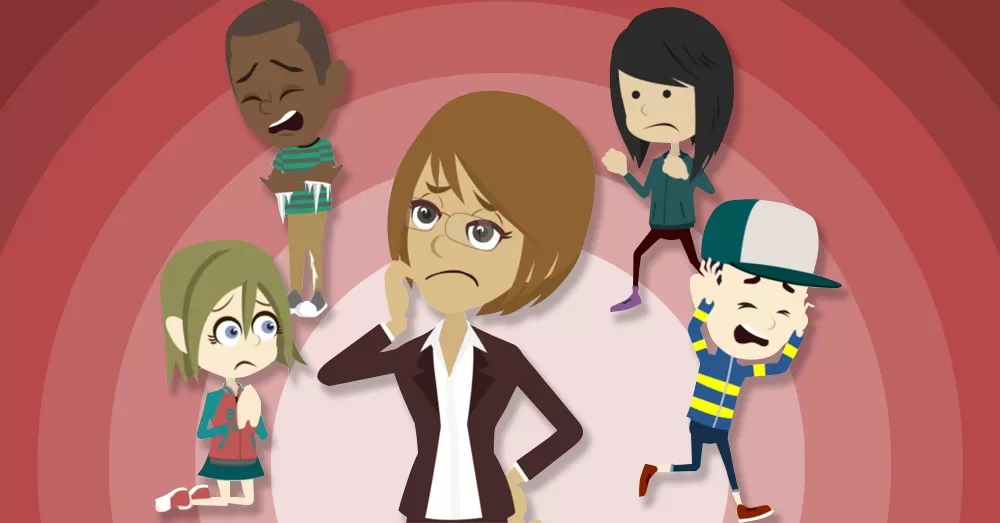Insights into the Triune Brain and Trauma Responses in Students for Teachers
As an experienced teacher and somatic experiencing practitioner, I've seen firsthand how stress and trauma can affect a student's behaviour and learning. Understanding the triune brain model provides valuable insight into these behaviours and offers effective strategies to help students regain their balance.
The Triune Brain Model
The triune brain model, developed by neuroscientist Dr. Paul MacLean in the 1960’s, divides the brain into three parts:
- The Neo-Cortex is the most recently evolved part of our brain and controls our use of higher cognitive functions. These include: Language, symbols, planning, reasoning, conceptualisation, learning, freewill, attention and intention, behaviour control and decision making.
- The Limbic System (Mammalian Brain) governs emotions and attachment to others. It registers strong emotions such as fear, rage, pleasure, anxiety and joy, and also assesses the emotional relevance of our experiences.
- The Primitive Brain (Reptilian Brain) is the oldest part of the brain governing all our vital bodily functions such as breathing, digestion, circulation, sleep and heartbeat. It also controls our instincts, reflexes and basic physical response to stress or threat. These are sometimes referred to as our flight, flight, freeze and fawn responses.
For more information, watch “The Triune Brain” at https://www.youtube.com/watch?v=T46SJQ8Cqbc
Trauma and the Primitive Brain
When a student experiences stress or trauma, their primitive brain can take over, triggering one of four responses:
- Fight: Aggressive behaviour as a defence mechanism.
- Flight: Attempting to escape the stressful situation.
- Freeze: Becoming immobile or unresponsive.
- Fawn: Trying to appease or placate to avoid conflict.
These responses automatically override the neo-cortex, making it difficult for students to think clearly or learn effectively. While the primitive brain is in control, safety and survival is prioritised over rational thought. The neo-cortex and cognitive functions are temporarily offline so it is difficult for students to process and respond to logical explanations or even understand the implications of their actions.
To effectively support a student in a trauma response, it's crucial to first address their immediate emotional and physical needs, creating a sense of safety and calm to help them regain access to their higher cognitive functions.
Strategies for Teachers
Here are some strategies to help students shift from the primitive brain back to the mammalian brain for connection, and neo-cortex for thinking:
- Ensure the classroom feels safe and predictable through consistent routines and clear expectations.
- Encourage deep breathing exercises, guided imagery or meditation to help students regulate their nervous system.
- Incorporate movement such as stretching or walking to release built-up energy and tension.
- Foster a supportive and trusting relationship with each student through empathy and understanding - be a consistent presence they can rely on.
- Use phrases like, "I see that you're upset," to validate their emotions.
- Speak in a calm, low volume and reassuring tone.
- Give clear, simple instructions, especially when a student is distressed.
- Offer students simple choices to give them a sense of control.
Understanding the triune brain and how trauma affects behaviour equips teachers with the knowledge to support students effectively. By creating a safe environment, validating emotions, and using grounding techniques, teachers can help students transition from the primitive brain's automatic responses back to rational thinking. These strategies not only enhance learning but also promote overall well-being and resilience.
For more in-depth insights and techniques, consider exploring somatic experiencing practices and trauma-informed education approaches. Here’s some interesting articles and fact sheets to start with:
Five approaches for creating trauma-informed classrooms
Being trauma-informed using Positive Behaviour for Learning (Fact Sheet)
Trauma-informed practice in schools: An explainer discussion guide
Are you interested in understanding more about the nervous system for your own wellbeing or to support students?
Blueprint Career Development are accepting expressions of interest for our “Emotional and Somatic Awareness” course. Facilitated over 12 weeks, it could be the most personally impactful professional development you’ve done in years!


